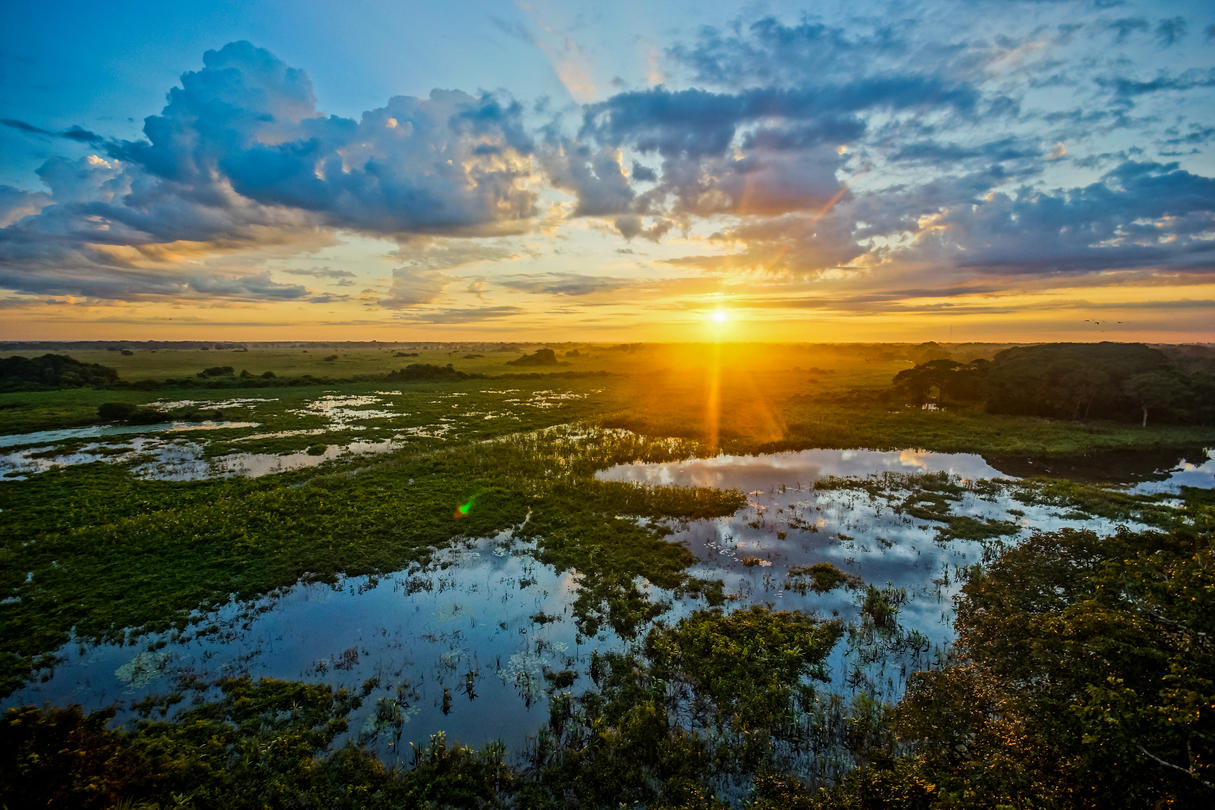Saving Paradise: Why We Must Protect Global Lands Now

Protecting land and water is essential to preserving habitats for wildlife and mitigating harmful climate change effects. This is why many countries — as well as the U.S. federal government and state of California, have pledged to protect 30% of all land and water by 2030, also known as the “30x30” initiative.
Achieving this target at the global level will require most countries to rapidly expand their protected area network. A team of researchers at the Princeton School of Public and International Affairs and the National University of Singapore investigated how reaching this ambitious target will benefit conservation and reduce climate change effects. Two of the researchers are based at the Center for Policy Research on Energy and the Environment.
Findings
Protecting 30% of global lands by 2030 will yield huge environmental benefits.
- 2.8 million hectares (equal to nearly 7 million acres of land) will be protected.
- Approximately 1,000 animal species whose habitats are currently unprotected will be safeguarded because they inhabit these spaces.
- Half of these species are considered critically endangered, endangered, vulnerable, or near-threatened by wildlife experts.
- Globally, around 20% of countries’ current commitments to reduce carbon emissions could be met.
Policy Point
While 30% is an ambitious target, 50% would be even better.
“For decision-makers concerned about the climate crisis, the biodiversity crisis, and sustainability, the single best tool they have to address these issues is to protect nature.” — David S. Wilcove, Professor of Ecology, Evolutionary Biology, Public Affairs, and the High Meadows Environmental Institute.
The establishment of new protected areas will be driven by differing goals and objectives. The key, the researchers said, is creating protected areas that maximize multiple goals at once.
“We show the environmental benefits nearly double if 50% of global lands are protected. With careful planning, this can also achieve multiple targets across important global policies found in the Paris Agreement and other frameworks.”
Yiwen Zeng, Associate Research Scholar
Data
The researchers modeled several scenarios by which the 30% target can be achieved. Calculations were based on data collected between 2012 and 2021. Using a “scenario analysis” model, the researchers compared different ways of protecting lands factoring in conservation, climate change, and nutrient regulation.
Resources
The paper, "Gains in biodiversity conservation and ecosystem services from the expansion of the planet’s protected areas," was published online June 1 in Science Advances.
This research was supported by the National Research Foundation (NRF) Singapore under its NRF Returning Singaporean Scientists Scheme (NRF-RSS2019-007).
